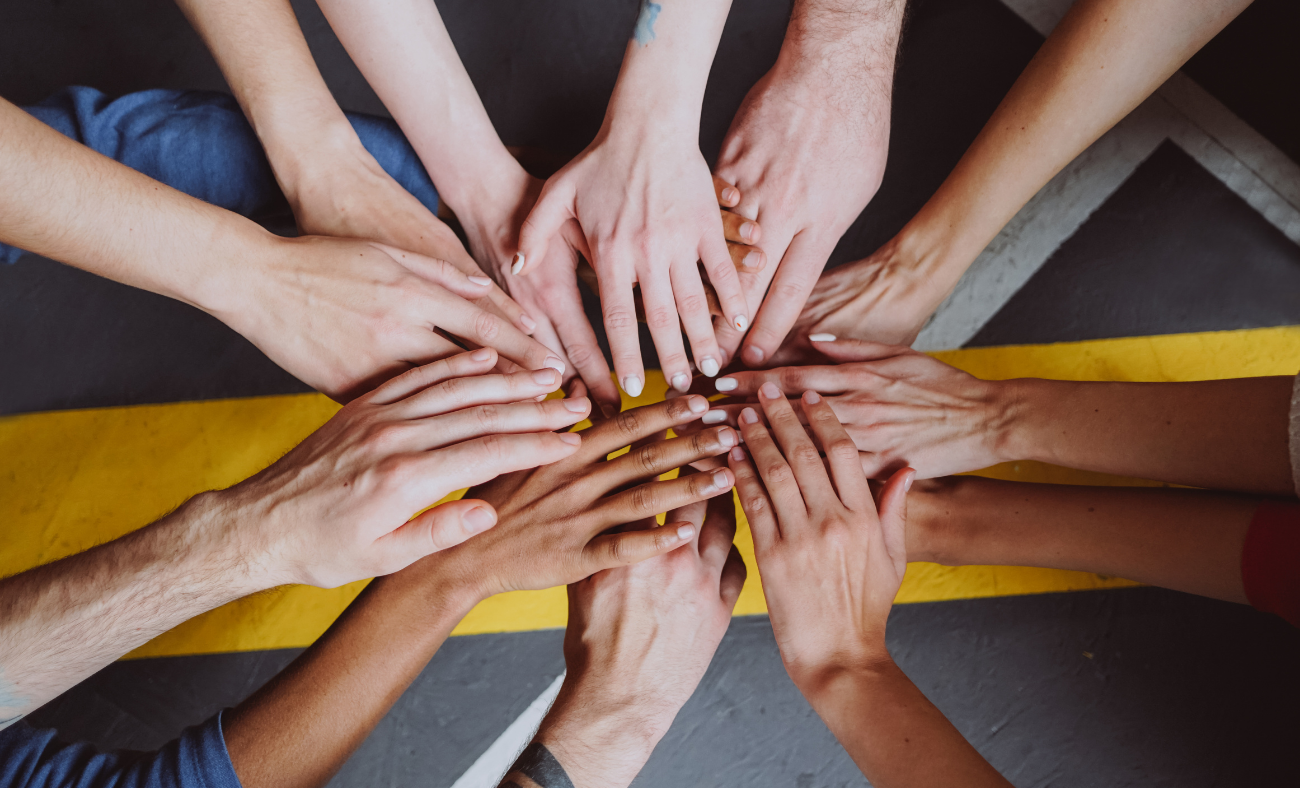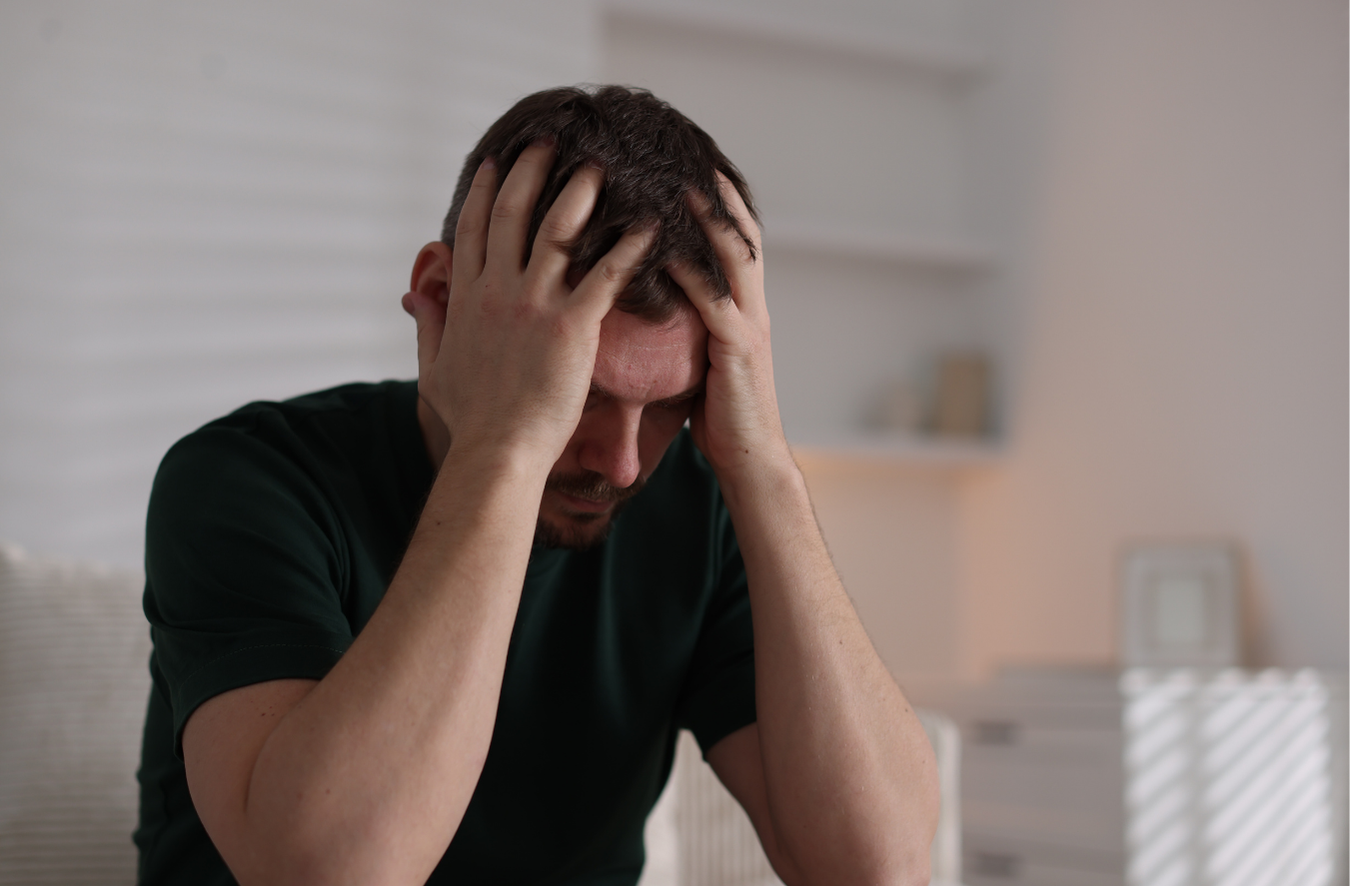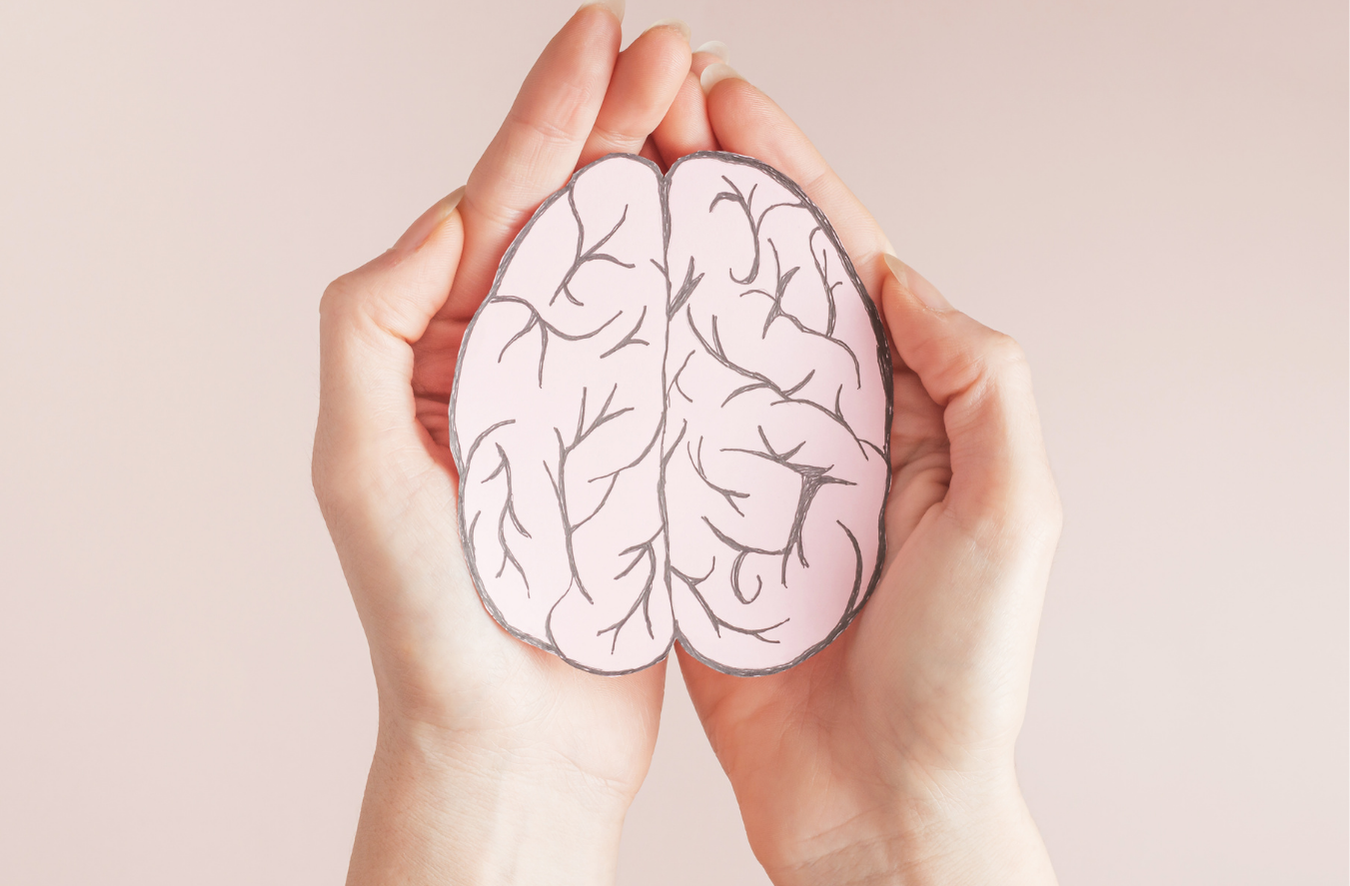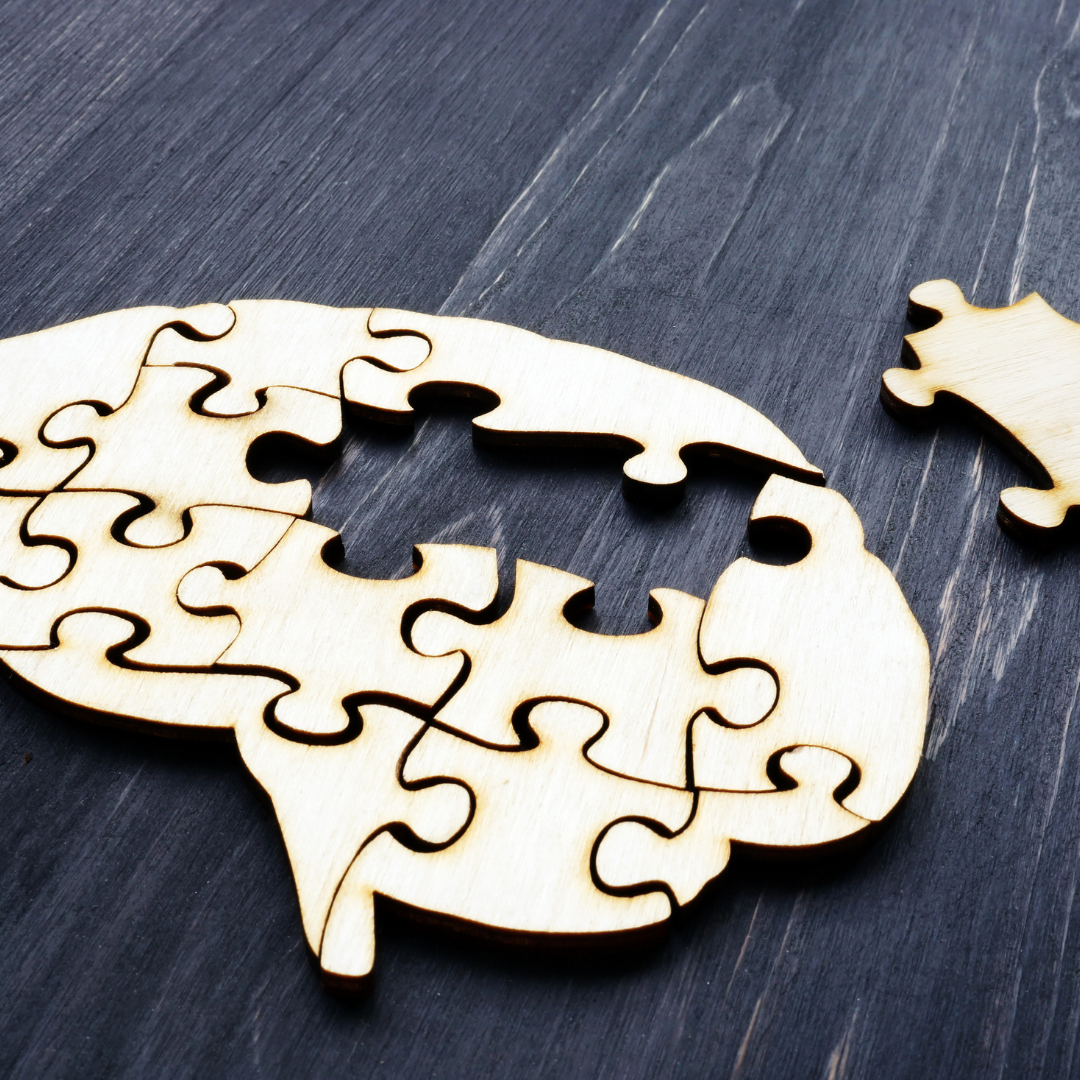9 Ways Social Media Can Be Harmful to Mental Health
Key Takeaways:
- Social media, while offering benefits like connection and awareness, poses significant risks to mental health, including increased anxiety, depression, and low self-esteem.
- The design of social media platforms, with dopamine-driven reward systems and curated content, can lead to addictive behaviors and a distorted view of reality, fostering social comparison and feelings of inadequacy.
- Cyberbullying, exposure to harmful content, and the replacement of face-to-face interactions with online ones can result in social isolation, sleep disturbances, and a decline in self-reflection and personal growth.
- The impact of social media varies based on factors like age, usage patterns, pre-existing conditions, and platform algorithms, with adolescents being particularly vulnerable due to brain development and heightened sensitivity to social feedback.
From the printing press to the telegraph, and later radio and television, the way humans access information and communicate has always influenced societal well-being. However, the rise of social media has ushered in an era of unprecedented connectivity, fundamentally transforming how we interact, perceive ourselves, and engage with the world.
This digital revolution has occurred with incredible speed; platforms like Facebook, Instagram, Tik Tok, and Twitter have, in just two decades, become integral to the daily lives of billions. While offering undeniable benefits, this rapid integration has also coincided with a growing concern: the potential impact of social media on mental health.
As we navigate this relatively new terrain, it's crucial to examine how these platforms, designed to connect us, may also be contributing to a rise in anxiety, depression, and other psychological challenges.
Social Media Pros & Cons
Pros of Social Media
- Maintains and expands connections: Social media allows people to keep in touch with friends and family and meet new people they might not otherwise encounter, fostering community and social interaction. It allows for people to build community and share their life with others without having to leave the house, giving an outlet to anyone, anywhere.
- Encourages civic engagement and awareness: It promotes political responsibility and awareness by providing a platform for sharing news and mobilizing social causes. It allows more people to learn and come together for causes despite distance. It also allows for local communities to engage and learn about what is happening to find ways to come together.
- Supports inclusivity and diversity: Social media can support inclusivity by giving voice to diverse groups and fostering a sense of belonging online and offline. It can bring people together as well as be a space for sharing information and real life stories in real time. Social media allows the wide spread of information being able to showcase different lifestyles, cultures, and perspectives.
- Provides educational opportunities: It offers access to vast information and learning resources, enabling users to discover new interests, skills, and facts about the world.
Cons of Social Media
- Mental health risks and addiction: Heavy use is linked to depression, anxiety, low self-esteem, and addictive behaviors due to dopamine-driven reward mechanisms. There is a lot of misinformation and misuse of platforms that creates an unsafe environment that increases mental health symptoms.
- Spread of misinformation and bullying: Rapid sharing facilitates the spread of fake news and harmful rumors, which can influence public opinion and incite real-world harm. Not to mention, cyberbullying and the spread of gossip, rumors, images etc.
- Growth and Development: The readily available distractions and opportunities for obsessive behavior online hinder. This ease of access allows individuals to bypass crucial learning stages and fosters a sense of detachment from their own identity. Individuals may struggle to understand their own thoughts, feelings, and motivations.
- Privacy and security concerns: Users face increased risks of data breaches, hacking, and misuse of personal information, raising serious privacy issue
9 Ways Social Media Can Be Harmful to Mental Health
1. Increased Anxiety and Depression
Heavy social media use is strongly associated with increased rates of anxiety and depression, particularly among teens and young adults. The constant exposure to curated content and the pressure to maintain an online presence can exacerbate these feelings.There's pressure to post regularly, to garner likes and comments, to present a certain image, and to keep up with trends.
A
2023 study found that 48.3% of frequent social media users reported depression and 22.6% reported anxiety, with nearly one in five experiencing both conditions. Among teens who use social media daily, 56% report at least some depressive symptoms, compared to 39% of those who use it weekly or less.
Psychologically, social media platforms exploit the brain's reward system by triggering dopamine release through likes and positive feedback, reinforcing addictive behaviors.
The constant exposure to idealized content fosters upward social comparison, leading to a continual state of inadequacy. When the reward system isn’t triggered in a positive way or when one is expending energy to mold and fit the algorithm for that external validation, dopamine levels aren’t sustainable and satisfaction is fleeting, allowing for mental health symptoms to present themselves.
2. Low Self-Esteem and Negative Body Image
Social media platforms frequently showcase unrealistic beauty standards through the widespread use of filters and edited images. This quick and easy scrollable exposure to idealized appearances makes it easy for users—especially girls and young women—to compare themselves to unattainable ideals.
Such comparisons often lead to dissatisfaction with one’s own appearance, lower self-esteem, and, in some cases, the development of disordered eating behaviors. “When asked about the
impact of social media on their body image, nearly half (46%) of adolescents aged 13–17 said social media makes them feel worse.”
These effects are especially pronounced during key periods of identity formation, such as adolescence and young adulthood. At these stages, individuals are naturally more sensitive to peer influence and are actively shaping their sense of self. It can become confusing on who they are when there is so much information and visualization to compare themselves too.
Social media platforms are designed to encourage users to seek external validation through likes, comments, views, and follower counts. This feedback loop makes self-worth feel dependent on social approval and digital affirmation, rather than internal confidence. Over time, this reliance on external validation can eat away at self-esteem and make users more vulnerable to
negative mental health outcomes.
3. Fear of Missing Out (FOMO)
Seeing others’ highlight reels can trigger FOMO, making users feel left out or inadequate. When their social feeds are filled with images, reels, and content that only show the best or most filtered moments of others’ lives, it creates a distorted view of reality.
This distortion increases the desire to compare, making it easy to feel like they are missing out on something or lacking in their own success and happiness.
Imagine being let go from your job that you have worked at for a decade. You barely were making ends meet and now you really don’t know what to do.
When you log on to Facebook or instagram you suddenly become emotional at seeing people post about their “10K months” or dream job offer, getting a raise etc. This can create a reaction of “missing out” or feeling you aren’t doing well where you are.
4. Cyberbullying and Online Harassment
Social media is a breeding ground for cyberbullying, which can have severe mental health consequences, including depression, anxiety, low self-worth, and even suicidal thoughts.
The viral nature of social media means that hurtful content can spread rapidly and persist online indefinitely, compounding the victim's distress and making it difficult to escape the abuse. It can be used on various platforms, in various ways that cross boundaries and can create an unsafe environment increasing the desire to isolate and feel helpless.
According to an 2021 study done by JAMA, young people exposed to cyberbullying are at a 50% increased risk of suicidal thoughts than their peers.
There are
many layers to cyber bullying. Some of the most used include; personally made memes, embarrassing pictures, gossip, hateful speech, spreading rumors and information, mocking, and harassing. Having constant access to phones and social media have made it easy for bullying to become easier and more prominent.
There are some known cases we can look at that made the news where cyberbullying caused death by suicide. A case in Texas where a
young child was being bullied through his online game, or
Phoebe Prince who made national headlines.
5. Social Isolation and Loneliness
Despite being designed for connection, social media can actually increase feelings of loneliness and social isolation, especially when online interactions replace meaningful, face-to-face relationships.
Although people can feel an ability to build connections online, they have trouble applying this in real life situations.
A lack of in person social interactions leaves a gap in the ability to build healthy social and emotional connections and interactions, therefore, increases feelings of “being different” or alone and misunderstood.
Spending excessive time viewing these seemingly perfect online worlds can paradoxically intensify feelings of isolation from genuine human connection and foster a sense of being alone despite being virtually "connected." At times, not feeling good enough pushes people to not want to engage with the world around them and in turn increasing isolation.
6. Sleep Disturbances
The blue light emitted from screens suppresses melatonin production, a hormone crucial for regulating sleep-wake cycles, making it harder to fall asleep. Additionally, the constant stream of notifications and the fear of missing out (FOMO) can lead to prolonged engagement with social media late into the night, reducing overall sleep duration and quality.
This chronic sleep deprivation increases the likelihood to experience symptoms of depression, anxiety, and irritability, further
impacting mental well-being.
7. Addictive Behaviors
Social Media’s immediacy supports the dopamine release in the brain that works with the reward system. The variable reward schedule, where users receive unpredictable positive feedback like - likes, comments, and shares, triggers dopamine release, reinforcing engagement and creating a craving for more.
This, combined with features like infinite scrolling and autoplay, keeps users continuously engaged, often beyond their intended use, fostering a cycle of compulsive checking and a perceived need for validation, and escapism.
These behaviors are inhibiting users ability to set healthy boundaries and find a healthy balance of use. Many behaviors mirroring patterns seen in substance addiction.
Creators of
social media platforms consider these factors when creating their algorithms and systems for online interactions. They count on users continuing to come back for more to get those hits of dopamine.
8. Reduced Self-Reflection and Personal Growth
Social media can hinder self-reflection and personal growth by promoting a focus on external validation rather than internal introspection. Constantly seeking approval through likes, comments, and shares can shift one's attention away from understanding their own values, beliefs, and emotions.
With the constant flux of information and the ease of access to it, individuals are able to get their answers and form their opinions quickly, often without the depth of thought and consideration that leads to true understanding and wisdom.
This reliance on quick, often superficial, information can further erode self-reflection, as people become less accustomed to engaging in the kind of deep thinking that allows for personal growth and development.
This reduced self-awareness can impede the development of a strong sense of identity, making individuals more susceptible to external influences and less equipped to navigate life's challenges, leading to mental health symptoms and diminished sense of purpose.
9. Exposure to Harmful or Inappropriate Content
Exposure to harmful or inappropriate content online significantly elevates mental health symptoms by exploiting emotional vulnerabilities, often amplified by social media algorithms.
These algorithms can work from what you are talking about, searching, or giving attention to, frequently showcasing emotionally charged content, including negativity, sensationalism, and idealized portrayals.
Repeated exposure to certain content can normalize harmful behaviors and desensitize individuals to violence and suffering. It can skew your view on things and create confusion between what you feel and what is real. This targeted delivery can trigger trauma, mental health symptoms like paranoia, anxiety, sadness, and skew perceptions of reality.
Social Media Use: Who and How Matters
Understanding the demographics of social media users and their patterns of engagement is critical when examining the impact on mental well-being.
Younger individuals, who are often the heaviest users and early adopters of new platforms, may be particularly vulnerable to the curated realities and social comparisons prevalent online.
Up to 95% of youth ages 13–17
report using a social media platform, with more than a third saying they use social media “almost constantly.
During adolescence, the brain undergoes significant changes, especially in the prefrontal cortex, which is crucial for reasoning, impulse control, and decision-making, and doesn't fully mature until the mid-twenties. This developmental stage makes teenagers more susceptible to social influences and peer feedback, which are amplified online.
The brain's reward system and emotional centers are also highly active, increasing sensitivity to social rewards like likes and comments, potentially leading to compulsive social media use.
Ages 10 -19 is a “period when risk-taking behaviors reach their peak, when well-being experiences the greatest fluctuations, and when mental health challenges such as depression typically emerge.
While adult brains are fully developed, the effects of social media can still significantly impact executive functions – the cognitive skills responsible for planning, organization, and self-control.
Excessive or problematic social media use can overload cognitive resources, leading to difficulties in focus, task prioritization, and impulse regulation, mirroring some of the challenges faced by developing young brains.
The main factors that play a role in the significance of social media’s effects include:
- The amount of time spent on platforms
- The type of content they consume or are exposed to
- The activities and interactions social media affords
- The degree to which it disrupts activities that are essential for health
- Pre-existing mental health conditions, personality traits, and life circumstances/ trauma
- Platform algorithm and design
- Healthy support online and offline
- Cognitive functioning, awareness, resilience, critical thinking
Conclusion
The evidence is undeniable: social media, while a powerful tool for connection, is also a significant contributor to a growing mental health crisis. We must acknowledge the harsh reality that unchecked and unmindful social media use is actively harming individuals, especially our youth.
As a society, we bear a collective responsibility to address this issue head-on. This requires open conversations about the risks, education on healthy digital habits, and robust support systems for those struggling.
We must prioritize mental well-being over engagement metrics, encourage authentic connection over curated perfection, and ensure that mental health resources are readily available and accessible to everyone. Only then can we hope to mitigate the harm and harness the positive potential of social media while safeguarding the mental health of current and future generations.
Starting conversations about the harm is the first place to start while working to incorporate better boundaries on phone use in the home, workplace, school, and other environments where being continually distracted by the scroll is doing more harm than good. If you or a loved one is experiencing mental health issues or are at risk due to Social Media, connect with
NAMI or a local mental health organization.
Committed to fostering mental health and well-being,
Friends of ASH collaborates with Austin State Hospital to deliver impactful programs, events, and awareness campaigns. We empower individuals seeking help, those supporting loved ones, and anyone interested in learning more to reach out, explore available resources, and take the first step towards recovery.











